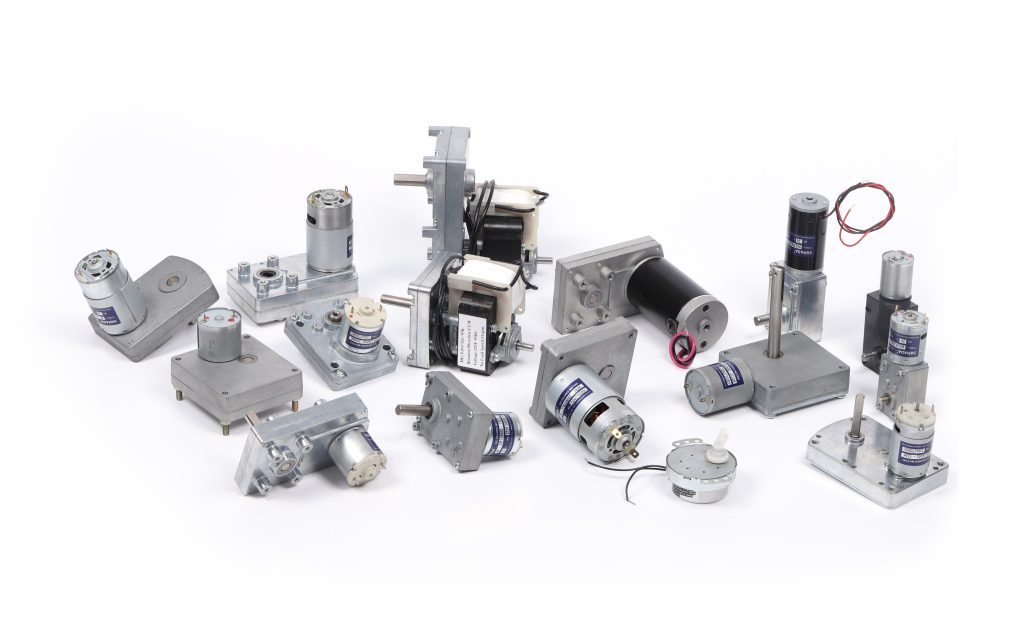Mobile:+86-311-808-126-83
Email:info@ydcastings.com
engine sump pan
Understanding Engine Sump Pans An Essential Component of Your Vehicle
The engine sump pan, often referred to as the oil pan, is a vital component of an internal combustion engine. It serves a dual purpose not only does it hold the engine oil necessary for lubrication, but it also acts as a reservoir for collecting oil that has drained from the engine after use. Understanding the function and importance of the sump pan can significantly affect your vehicle’s performance and longevity.
Construction and Design
Most engine sump pans are constructed from steel or aluminum, with some high-performance vehicles utilizing composite materials for added weight reduction and heat dissipation. The design of the sump pan varies based on the make and model of the vehicle, as well as the specific configuration of the engine. Typically, the pan is shaped like a shallow bowl that fits snugly beneath the engine block, securely attached with bolts.
A crucial feature of the sump pan is its baffle system, which consists of compartments and barriers designed to prevent the oil from sloshing around as the vehicle moves. This ensures a consistent oil supply to the oil pump, even during sharp turns or sudden stops. A well-designed baffle system prevents oil starvation, which can lead to engine wear and catastrophic failure.
Functionality
The primary function of the engine sump pan is to store oil securely at the bottom of the engine
. The oil serves to lubricate moving parts, such as the crankshaft, camshaft, and various bearings, reducing friction and dissipating heat. Good lubrication is essential for maintaining engine efficiency, reducing wear, and ensuring smooth operation. Furthermore, the oil also helps to filter out contaminants and debris that can accumulate within the engine over time.engine sump pan

Another important role of the sump pan is its ability to act as a cooling system. Oil absorbs heat generated by the engine and helps to dissipate it, preventing the engine from overheating. This is particularly crucial in high-performance engines where temperatures can rise rapidly.
Maintenance and Issues
Regular maintenance of the engine sump pan and the oil within it is critical for the overall health of the engine. Oil changes, typically advised every 5,000 to 7,500 miles, help to remove debris and contaminants, ensuring the lubricating properties remain effective. Additionally, inspecting the sump pan for leaks, cracks, or corrosion is essential. A damaged sump pan can lead to significant oil loss and, consequently, engine failure.
One common issue that vehicle owners may face is oil pan gasket failure, which can cause oil leaks. Signs of a leaking engine sump pan include oil spots on the ground beneath the vehicle, an oily residue around the pan, and noticeable drops in oil levels. Addressing these issues promptly can help to prevent more severe engine problems and expensive repairs.
Conclusion
In summary, the engine sump pan is a critical, yet often overlooked, component of any vehicle’s engine. Its role in storing and circulating oil, protecting critical engine components, and facilitating heat dissipation is fundamental to engine performance and longevity. Understanding the importance of the sump pan can empower vehicle owners to maintain their engines better, leading to more efficient operation and reduced costs over time. Regular inspections and maintenance can ensure that this essential component continues to serve its purpose effectively. Whether you are a passionate car enthusiast or a casual driver, recognizing the significance of the sump pan can enhance your overall vehicle experience.
-
Why Should You Invest in Superior Pump Castings for Your Equipment?NewsJun.09,2025
-
Unlock Performance Potential with Stainless Impellers and Aluminum End CapsNewsJun.09,2025
-
Revolutionize Your Machinery with Superior Cast Iron and Aluminum ComponentsNewsJun.09,2025
-
Revolutionize Fluid Dynamics with Premium Pump ComponentsNewsJun.09,2025
-
Optimizing Industrial Systems with Essential Valve ComponentsNewsJun.09,2025
-
Elevate Grid Efficiency with High-Precision Power CastingsNewsJun.09,2025











